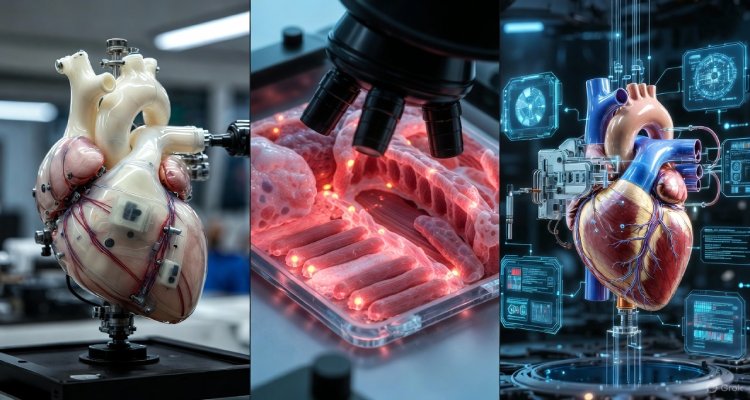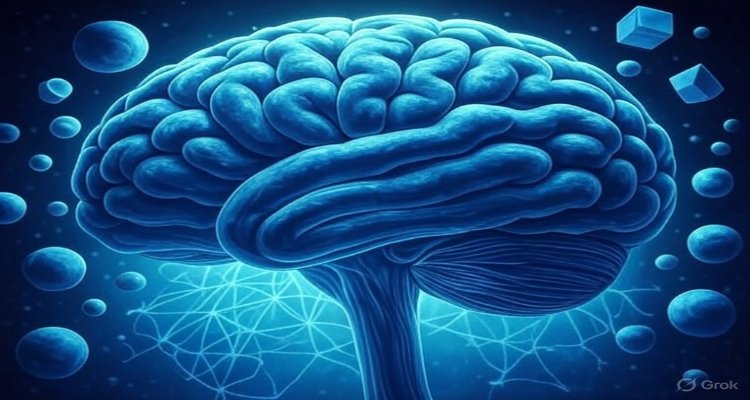Why AI Struggles With Human Emotions: A Neuroscience Perspective
Artificial intelligence can analyze data and predict behavior, but why does it fail to truly understand human emotions? Neuroscience offers some answers.
Introduction: The Human Factor AI Can’t Decode
Artificial intelligence can write poems, compose music, and even hold conversations. Yet, when it comes to truly understanding human emotions—grief, love, empathy—it stumbles. Despite rapid advances in machine learning, neuroscience reveals why emotions remain the one element machines struggle to grasp.
Context & Background: From Logic to Emotion
AI was built to process logic, probabilities, and patterns. Emotional intelligence, however, is deeply rooted in biology. Human feelings emerge from a complex interplay of brain structures—like the amygdala and prefrontal cortex—working with hormonal signals from the body.
While AI can scan facial expressions or detect voice tones, what it reads is surface-level. For instance, a smile might mean happiness, but it could also mask sadness, irony, or even anger. Without lived human experience and internal biological cues, AI cannot access the “why” behind emotions.
Main Developments: What AI Gets Wrong About Emotions
Today, AI powers customer service chatbots, virtual therapists, and emotion-recognition tools. Yet cracks are visible:
- Misinterpretation of cues: AI may interpret nervous laughter as joy, or silence as disinterest, missing cultural and personal nuances.
- Lack of context: Emotions often depend on memory, social history, and subtle cues machines cannot perceive.
- Ethical risks: Misreading emotions in healthcare or policing could have life-altering consequences.
A 2023 MIT study found that AI emotion-detection systems showed biases across race and gender, raising concerns about fairness and reliability.
Expert Insight: Neuroscience Explains the Gap
“Emotions are not just patterns in data—they are embodied experiences shaped by hormones, memories, and social interactions,” explains Dr. Lisa Feldman Barrett, a leading neuroscientist in affective science.
Neuroscience emphasizes that emotions are not universal “codes” but constructed experiences, varying from culture to culture and person to person. This makes the task nearly impossible for AI, which thrives on standardization.
AI ethicist Kate Crawford adds: “When we ask machines to understand emotions, we’re asking them to replicate something inherently human and deeply subjective. That’s a bar they’re not equipped to clear.”
Impact & Implications: What This Means for the Future
AI’s limitations in emotional intelligence have real-world consequences:
- Mental health tech: Apps offering therapy-like experiences risk oversimplifying complex human struggles.
- Workplace AI: Systems analyzing employee “mood” could misjudge morale, leading to flawed decisions.
- Surveillance risks: Governments testing AI for “suspicion detection” risk criminalizing normal behaviors.
On the flip side, neuroscience insights may help AI designers create tools that support, rather than replace, human emotional understanding. Hybrid systems—AI + human oversight—could strike the right balance.
Conclusion: Machines Can Predict, But Not Feel
AI can simulate empathy but cannot experience it. Neuroscience makes it clear: emotions are a product of biology, memory, and culture—not algorithms. As AI continues to expand, its role should be seen not as a substitute for human empathy but as an aid that helps people better connect with one another.
The challenge ahead is not teaching machines to feel, but ensuring humans don’t lose sight of what makes emotions uniquely ours.
Disclaimer : This article is for informational purposes only and does not substitute professional neuroscience or psychological advice.











